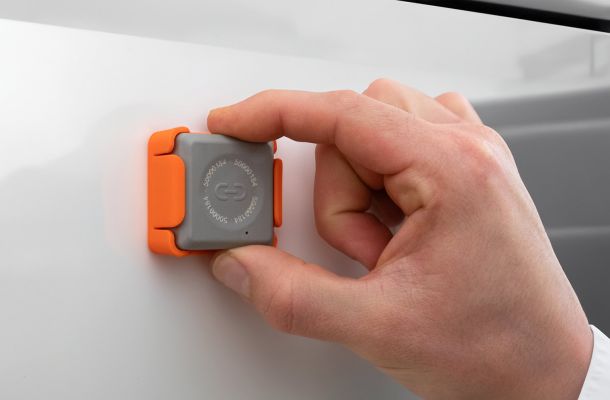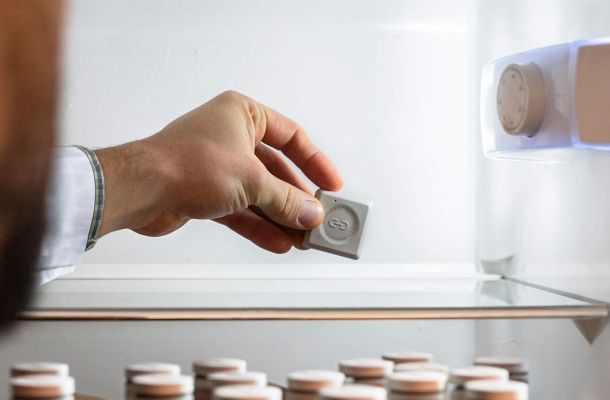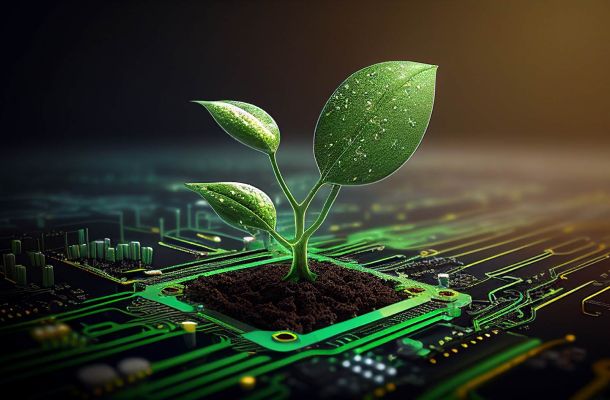IoT: Environmental protection through digitalization - How IoT applications increase sustainability
IoT applications are used in almost all areas of our lives. They are designed to improve our lives, optimize processes or network machines and devices. The Internet of Things plays an important role in the climate crisis in particular
Protecting our environment and climate has never been more urgent. CO2 emissions and numerous man-made substances are polluting our environment. Last but not least, technological progress is the cause of the climate crisis. The current situation encourages us to rethink. Many companies are already endeavoring to assume social responsibility and commit themselves to a sustainable economy. In the coming years, we can expect sustainability goals to establish themselves as an essential part of our economy, because wherever resources are procured and consumed, there are also consequences for our environment. Thus, the overarching goal is to manage the procurement and consumption of resources in a more intelligent and targeted way. This in turn requires transparent processes.
IoT in the fight against climate change
Die Anzahl von IoT-Geräten wächst rasant, so sind für das Jahr 2025 bereits 19 Milliarden vernetzte IoT-Geräte weltweit prognostiziert (Quelle: Statista – IoT connected devices worldwide). In Form von intelligenten Uhren, Smartphones, Haushaltsgeräten, Herzmonitoren und vielen anderen kommen sie tagtäglich zum Einsatz. Auch im Bereich des Umweltschutzes können die smarten Geräte einen erheblichen Mehrwert leisten, denn sie sammeln Daten und ermöglichen es uns dadurch bessere und fundierte sowie kontrollierte Entscheidungen zu treffen. Echtzeit Pegelstände von Flüssen, Frühwarnsysteme für Hochwasser, IoT zur Frühwarnung bei Waldbränden oder intelligente Straßenbeleuchtung – die Möglichkeiten im Kampf gegen den Klimawandel sind weitreichend.
Smart-Cities
The modern city of tomorrow collects large amounts of data and analyzes it. The collected data improves processes in the infrastructure or in service areas. For example, waste garbage cans and glass containers are monitored with fill level sensors, which saves unnecessary service trips and thus CO2 emissions. Smart parking, i.e. directing a driver to the nearest available parking space, can also provide such added value. If you consider that 30% of all emissions caused by traffic are due to the search for a parking space, this makes a significant difference.

Smart-Homes
A smart home not only makes our everyday lives easier by allowing the sensors and devices it contains to communicate with each other via the Internet, it also saves money and thus resources. For example, intelligent heating systems regulate the temperature according to schedules or through automated presence detection. Smart blinds or shutters can be used for intelligent shading. This keeps the living space cool, even without air conditioners. There are also smart gadgets for saving water, for example, which notify us by visual signals as soon as a certain consumption level is reached during showering. In the garden, smart and sensor-controlled irrigation systems ensure that the watering is timed and tailored to the needs of the garden.
Smart-Factories
There is also enormous potential for savings in factories. Here, the use of IoT systems can save energy in the form of light and heat, similar to the smart home. In addition, predictive maintenance saves spare parts in production. There is particular potential for optimization in the supply chain of companies. This can be optimized through the use of IoT devices to such an extent that factories need less storage space, which reduces energy requirements.
The potential applications for optimizing processes are far-reaching and IoT devices are no longer dreams of the future. Therefore, it is now up to us to use the potential of the Internet of Things and create a more sustainable world with creative ideas.


